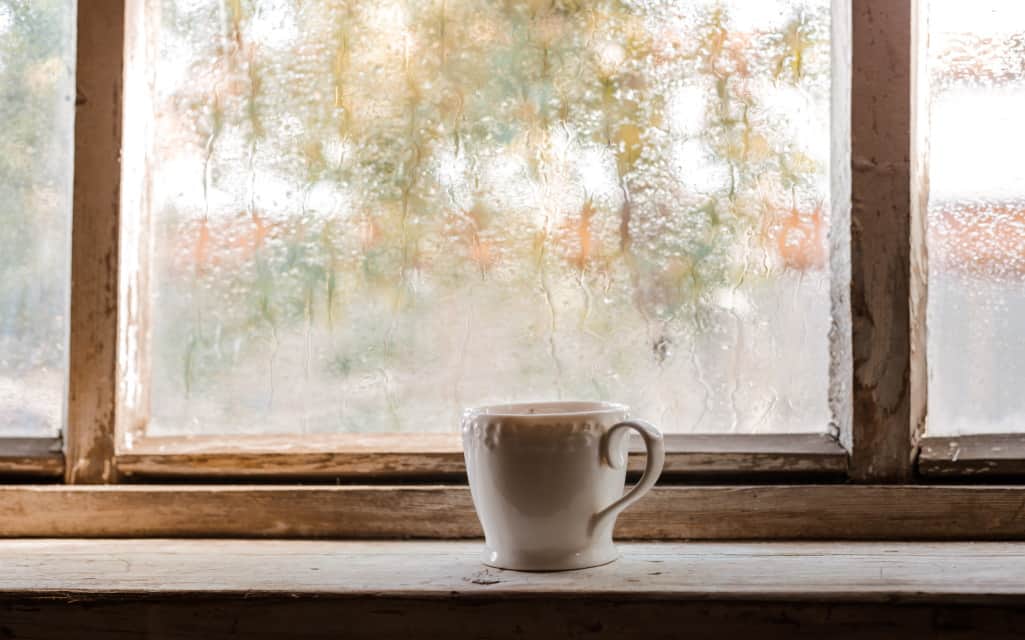Journeying into homeownership is difficult. However, once the more difficult parts are done—getting your mortgage approved or closing on your home—you can finally begin to relish in the excitement of owning your new home. Even though becoming a homeowner is something to be proud of, the journey isn’t quite over. Now you’ll also need to weatherproof your home to protect it from severe weather changes such as high winds and heavy rains.
Luckily, home maintenance services have improved over the years, and with these improvements in mind, here are a few things you can do to keep your home safe from winter storm damage.
Get regular HVAC unit inspections.
Winter storms can be extremely damaging, and one area that can take a serious hit is your heating, ventilation, and air conditioning, HVAC, system. To avoid pricey repairs and unnecessary damage to your home, have a certified HVAC tech help you prepare your HVAC system for the winds and rains that accompany harsh winters. Your technician will probably want to ensure that your outdoor HVAC unit is covered and secured in place before the heavy rain starts falling. This is an important first step when it comes to winter preparedness because it’ll prevent floodwater from damaging your HVAC system, while also ensuring that debris doesn’t clog up your system.
To avoid a potential power surge, also talk to your HVAC technician about fitting your electrical appliances with a surge protector. During a storm, a surge protector is an important investment to have because it can help shield your AC unit from a potentially damaging power surge.
If your heat pump or furnace breaks down when a storm hits, your water pipes are certainly going to take a hit. In a situation like this, ensure you have a home delivery water service on speed dial, in case your technician asks you to turn off your HVAC system for repairs or you find yourself without running water for any amount of time.
Inspect your roof for leaks.
Always have a professional contractor perform regular maintenance on your garage, and home roof before the onset of strong winds, rain, or snow. A professional will know which structural weaknesses to look out for, and they’ll also have the proper equipment needed to perform these inspections safely.
Common areas of concern tend to be loose shingles, weak or missing roof tiles, corrosion, and a pile-up of tree branches. A leaking roof presents a unique hazard during winter because the resulting water damage can result in moisture that causes mildew buildup, while also exposing the wooden frames to rot. Because of its weakened structure, the roof can cave in, or collapse, especially when heavy winds are expected. To avoid expensive remodeling costs, have a local roof contractor inspect your roof as soon as possible.
Ensure all your windows are well installed and insulated.
If you have an older home, have your storm windows inspected to ensure that they are in good working condition. Additionally, if you notice that your windows let in a draft, or need to have something propped against them to stay open, get in touch with a window replacement service as this could be a sign that your window’s weatherstripping is wearing off. Storm windows provide additional insulation against cold air, so ensure that they are well sealed.
As you wait to have any broken or drafty windows repaired, line them with a piece of plastic covering to help keep your home insulated. Dressing your windows in drapes or heavy shades is also another hack you can use to keep drafts out of your window area.
To help keep your energy bills low, remember to close your drapes at night, but keep them open during the day to let in sunlight. This light will help keep the house warm during the day.



